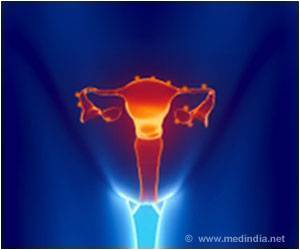Prematurity, low birthweight and death are common now. Counseling before discharge from a maternity unit likely has an impact on subsequent contraceptive use.

‘Child health risks has emerged in the past few decades and the ideal strategy is to incorporate contraceptive advice and services across the continuum of reproductive healthcare.’





How successful have interventions and projects to improve postpartum contraceptive uptake been? A new study published in Studies in Family Planning as part of the December special issue "Postpartum and Post-Abortion Contraception: From Research to Programs" analyzes data from 35 studies (19 of which were not included in earlier reviews) to address this important question, and identifies program implications and future research priorities. Key findings include that counseling before discharge from a maternity unit likely has an impact on subsequent contraceptive use and that the integration of family planning into immunization and pediatric services is justified (despite few programs offering these services).
The case can also be made for relaxing the strict conditions for LAM (the Lactational Amenorrhea Method based on the premise that breastfeeding interferes with the release of the hormones needed to trigger ovulation) to be considered an effective postpartum contraceptive method.
The authors note: "In view of the findings, the ideal strategy is to incorporate contraceptive advice and services across the continuum of reproductive healthcare." Four types of interventions are analyzed--antenatal, postnatal, combined ante- and postnatal, and integration with other services--and a range of countries in Africa, Asia, and Latin America are included.
Source-Eurekalert











